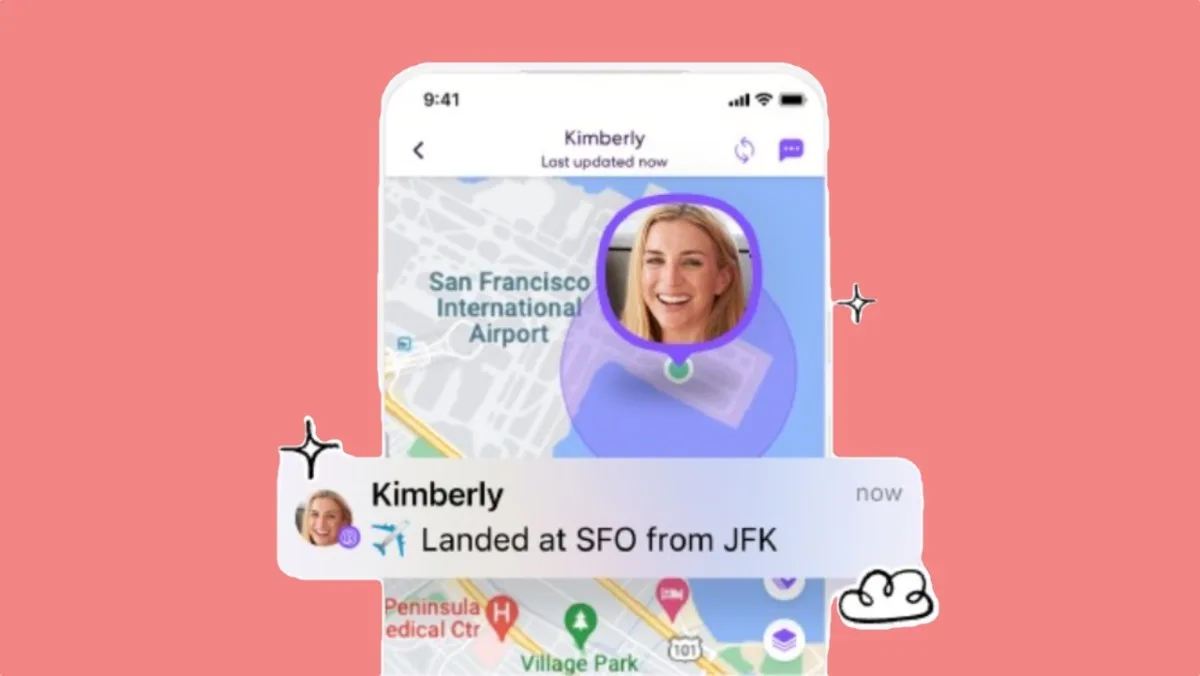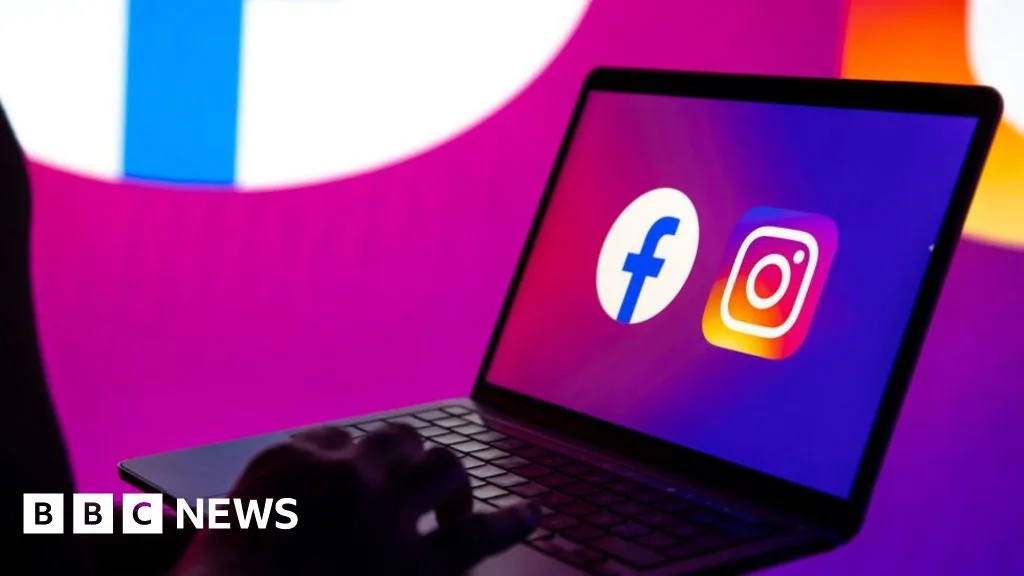Diabetes Monitoring Apps Don’t Deliver Meaningful Benefits, Report Says
Digital diabetes management tools “fail to deliver meaningful benefits to patients” while at the same time increasing the cost of healthcare to consumers, health insurers and taxpayers, a new report finds.
Digital diabetes management solutions, which connect a “noncontinous glucose monitor” that can transmit data to a phone, computer or electronic record for tracking purposes, “consistently demonstrate that they help patients achieve small reductions in HbA1c beyond what they would achieve with usual care, but the evidence rarely reported improvement that exceeded commonly-used thresholds for meaningful clinical benefit,” said the Peterson Health Technology Institute.
“These solutions are used by millions of Americans and have been funded by $58 billion of investment and mergers and acquisitions, yet the evidence shows that the technologies do not deliver meaningful clinical benefits, and result in increased healthcare spending,” it added in a statement accompanying the report.
The report comes amid the rise in the number of people with diabetes and the rapidly expanding digital health space that includes companies with products that do so-called “non continuous” glucose monitoring. Products made by an array of companies including Teladoc’s Livongo, Verily’s Onduo, Omada and DarioHealth were among those evaluated, the institute report showed.
“When these digital diabetes management tools launched more than a decade ago, they promised to improve health outcomes for people with diabetes and deliver savings to payers,” said Peterson Health Technology Institute executive director Caroline Pearson. “Based on the scientific evidence, these solutions have fallen short, and it is time to move toward the next generation of innovation.”
The institute report questions the influx of healthcare technology used with devices and whether it is “clinically or cost effective,” institute researchers say. Though medical devices, including glucose monitors, are regulated by the U.S. Food and Drug Administration, there isn’t a regulator to determine the benefit of “the digital management software that engages patients in management of their blood glucose and in making changes in their diet and exercise habits,” Pearson said.
For their part, companies cited in the report say the tools have benefited patients and list scores of employers and companies that have purchased their digital health products. In addition, the Institute report did see some positives, too, citing in one case data that showed more potential for patients “with higher starting HbA1c levels who are newly starting insulin.”
Teladoc Health said through a spokeswoman that its program is “based on best-in-class clinically approved guidelines that take a wholistic approach to chronic condition management.”
“Our data shows that our diabetes management program improves weight, blood pressure and medication adherence,” Teladoc said. “For uncontrolled members in our diabetes management programs (starting at A1c>=9), our program delivers meaningful results and sustains those health improvements over time (2.9% A1C reduction at 3 months sustained over 5 years).”
The technologies discussed in the report are products that connect to a non-continuous glucose monitor that transmit data to a phone, computer or electronic medical record for tracking and analysis. Such technology is different than the top-selling continuous glucose monitors like Freestyle Libre made by Abbott Laboratories that some project to hit $10 billion in annual sales within the next five years given the millions of people around the world with diabetes.
The Peterson Health Technology Institute’s report on digital diabetes solutions is the first of a series of coming analyses from the nonprofit group. “We’re trying to put information into the hands of healthcare purchasers and digital health developers to driver better innovation,” Pearson said.
“Patients with diabetes invest time, energy, and resources in these tools, and they deserve to experience meaningful, positive benefits for their health,” Pearson said. “The healthcare sector as a whole needs transparent, accurate information about the clinical and economic impact of these digital tools that are taking up precious healthcare dollars.”
Follow me on Twitter or LinkedIn. Check out my website or some of my other work here.



